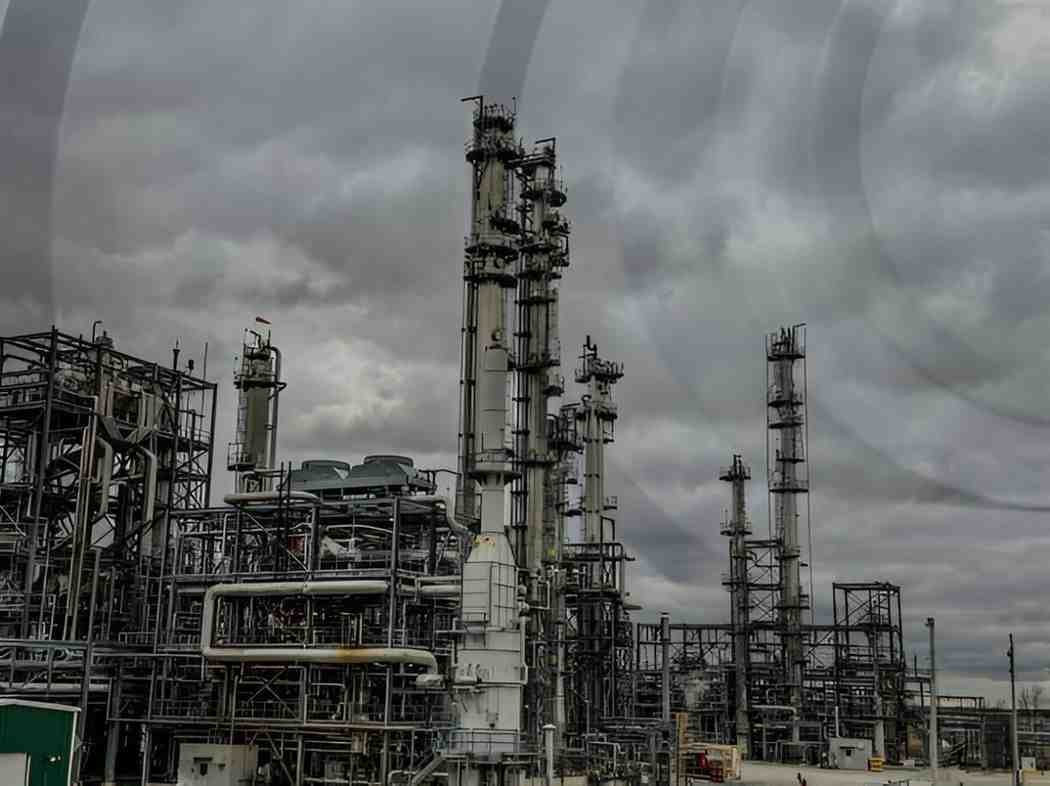As someone deeply involved in finance and environmental policy, I often encounter confusion about how pollution permits work. Many people assume environmental regulation is just about strict rules and penalties. But pollution permits introduce a market-based approach that balances economic growth with sustainability. In this guide, I break down the mechanics, benefits, and criticisms of pollution permits while providing real-world examples and calculations.
Table of Contents
What Are Pollution Permits?
Pollution permits, also called emissions trading permits, are government-issued licenses that allow companies to emit a certain amount of pollutants. The idea is simple: instead of banning pollution outright, regulators set a cap on total emissions and let the market decide how to distribute them efficiently.
The Basic Economics Behind Pollution Permits
From an economic standpoint, pollution permits create a cap-and-trade system. The government sets a maximum allowable emission level (the cap) and distributes or auctions permits to firms. Companies that reduce emissions below their allowance can sell excess permits to those that exceed their limits (the trade).
The equilibrium price of a pollution permit is determined by supply and demand. If the cap is tight, permits become scarce, driving prices up. If technology improves and firms pollute less, permit prices drop. The market adjusts dynamically.
Mathematically, the permit price P can be modeled as:
P = MC_R - MC_AWhere:
- MC_R = Marginal cost of reducing emissions
- MC_A = Marginal cost of abatement (avoiding emissions)
If MC_R < MC_A, firms will reduce emissions rather than buy permits.
Types of Pollution Permit Systems
Not all pollution permit systems work the same way. The two main types are:
- Cap-and-Trade (Quantity-Based):
- The government sets a fixed emission limit.
- Permits are either auctioned or allocated for free.
- Example: The U.S. Acid Rain Program under the Clean Air Act.
- Baseline-and-Credit (Performance-Based):
- Firms earn credits by reducing emissions below a baseline.
- Credits can be sold to other firms.
- Example: California’s Low Carbon Fuel Standard.
Comparison of Permit Systems
| Feature | Cap-and-Trade | Baseline-and-Credit |
|---|---|---|
| Emission Control | Fixed cap | Flexible baseline |
| Market Liquidity | High (standardized permits) | Lower (varies by project) |
| Complexity | Moderate | High (requires verification) |
| Example | EU Emissions Trading System | Renewable Energy Certificates |
How Pollution Permits Work in Practice
Let’s take a real-world example: the U.S. Acid Rain Program. Launched in 1995, it targeted sulfur dioxide (SO₂) emissions from power plants. The government set a declining cap and allocated permits. Firms could trade them freely.
Example Calculation: Trading Permits
Suppose:
- Plant A has a permit to emit 1,000 tons of CO₂ but only emits 800 tons.
- Plant B emits 1,200 tons but only has a permit for 1,000 tons.
Plant A can sell its 200-ton surplus to Plant B. If the market price is \$50 per ton:
- Plant A earns: 200 \times \$50 = \$10,000
- Plant B avoids a fine by buying permits instead of reducing emissions.
This creates a financial incentive for firms to innovate and cut pollution.
Advantages of Pollution Permits
- Cost-Effective Compliance: Firms with lower abatement costs reduce emissions, while others buy permits. This minimizes the overall economic burden.
- Encourages Innovation: Companies invest in cleaner tech to sell excess permits.
- Predictable Environmental Outcomes: The cap ensures total emissions stay within limits.
Criticisms and Challenges
- Price Volatility: Permit prices can swing wildly due to policy changes or economic shifts.
- Over-Allocation: If governments issue too many permits, prices crash, weakening incentives.
- Carbon Leakage: Firms may relocate to countries with laxer rules, shifting pollution rather than reducing it.
Pollution Permits vs. Carbon Taxes
Another market-based approach is carbon taxation. Instead of permits, the government taxes each ton of emissions.
| Criteria | Pollution Permits | Carbon Tax |
|---|---|---|
| Price Certainty | No (market-driven) | Yes (fixed tax rate) |
| Emission Certainty | Yes (fixed cap) | No (depends on behavior) |
| Political Feasibility | Mixed (industry resistance) | Mixed (tax aversion) |
The Future of Pollution Permits in the U.S.
The U.S. has seen mixed success with pollution permits. The Acid Rain Program worked well, but national carbon trading has faced political hurdles. Some states, like California, run their own cap-and-trade systems.
Looking ahead, tighter caps and international cooperation (like linking with the EU’s system) could strengthen pollution permit markets.
Final Thoughts
Pollution permits offer a pragmatic way to reduce emissions without stifling economic growth. While not perfect, they provide flexibility and incentivize green innovation. As I see it, the key is balancing environmental goals with market realities—something pollution permits do better than most alternatives.





